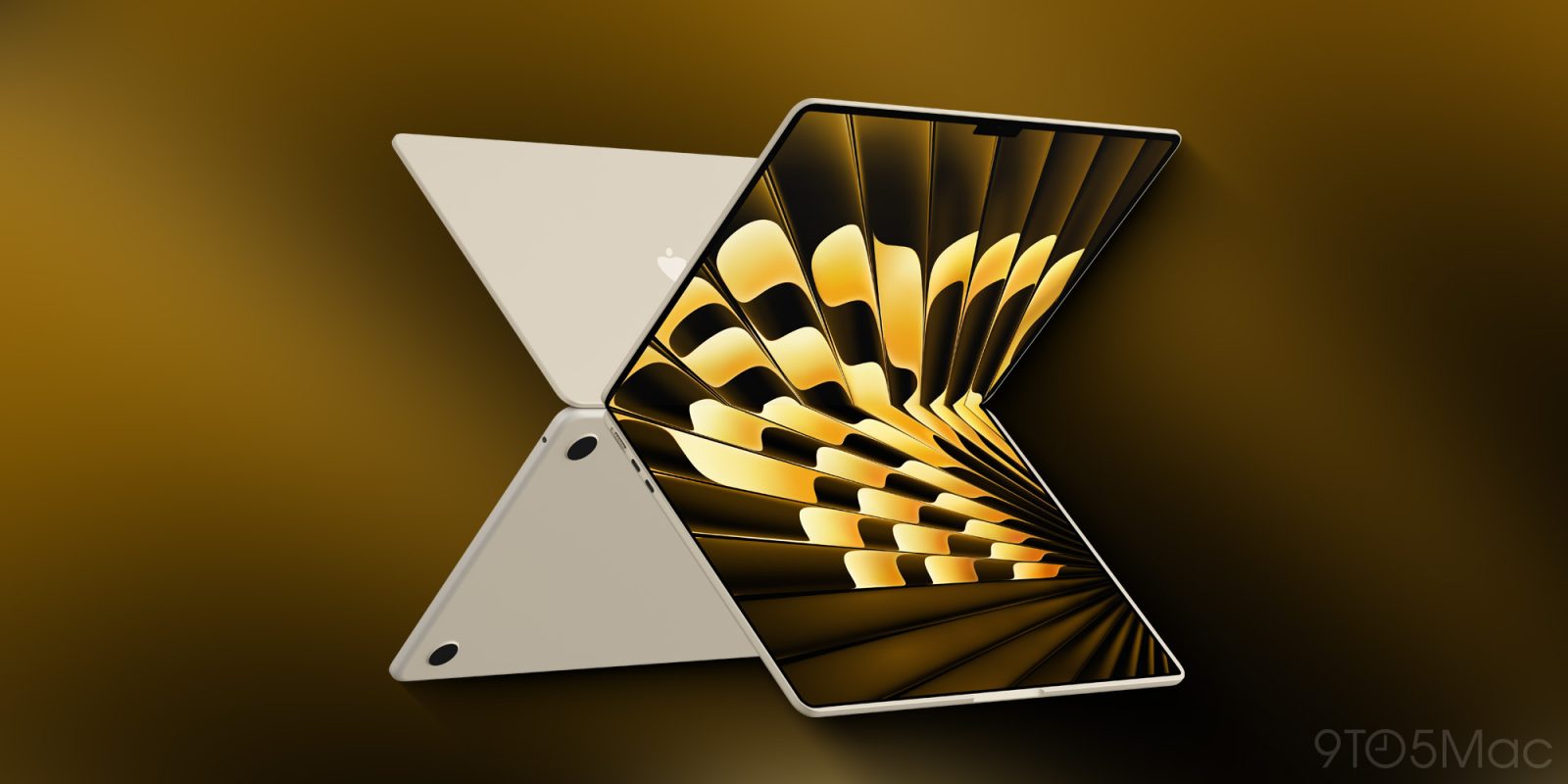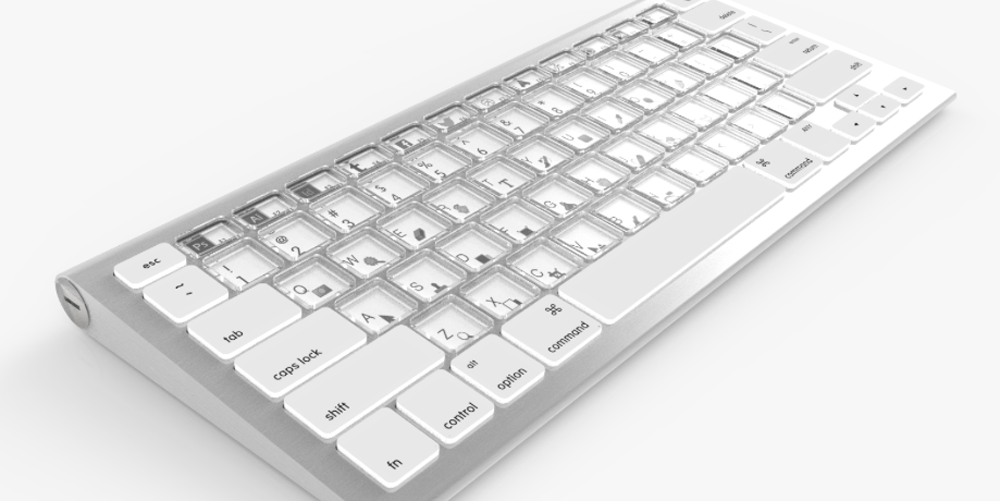
Bloomberg this weekend reported that Apple has made prototypes of a foldable iPad, and plans to release it in 2028. The device is said to open out into a screen with a size approaching 20 inches.
The report is intriguing, because it describes a product that might seem almost as niche as Vision Pro, but it may be that Apple will launch it for similar reasons …
A foldable iPad is a niche product
Mark Gurman described the device as “a giant iPad.”
Apple designers are developing something akin to a giant iPad that unfolds into the size of two iPad Pros side-by-side. The Cupertino, California-based company has been honing the product for a couple of years now and is aiming to bring something to market around 2028, I’m told.
He suggests it will cost well over $2,000, and I think that could be a conservative estimate.
My colleague Ryan Christoffel, who actually replaced a MacBook with an iPad, thinks it might just turn out to be his dream product. I have no doubt the device will find other fans too, but with a rather specialist appeal and a high price-tag, I can’t see it being anything other than a niche product more akin to Vision Pro than anything else in Apple’s product line-up.
But it’s likely a test-bed for a future MacBook
However, Vision Pro demonstrated that Apple isn’t afraid to launch a niche product when it’s a stepping stone along the way to something more mainstream. CEO Tim Cook has been upfront about this of late.
“At $3,500, it’s not a mass-market product,” Cook says. “Right now, it’s an early-adopter product.”
Vision Pro is intended to lead the way toward a more affordable headset, and – eventually – to Apple Glasses.
Similarly, a foldable iPad seems to lead the way to a product which Apple has been eyeing for many years: a MacBook with a soft keyboard. The Touch Bar was a first move in this direction, albeit not a successful one.
Bringing iPhone-like flexibility to a MacBook
When Steve Jobs unveiled the original iPhone in 2007, a key part of his pitch was that all existing smartphones of the time had physical keyboards. That’s great when you need a standard keyboard but, he argued, a waste of space when you don’t.
A physical keyboard also limits you to a single layout, which may not be appropriate for all apps. Sometimes you want a US QWERTY keyboard, sometimes a foreign one, other times a numeric keypad, yet other times something else entirely.
There have been a number of attempts at dynamic keyboards for laptops and desktops. The main approach to date has been a physical keyboard with dynamically-assignable LCD, LED, or e-ink keycaps.
The earliest commercially-available one was from e3 Keys, which now uses the same approach for control panels. Sonder promised a similar thing with e-ink keycaps, and was reportedly at one time in discussions with Apple.

The idea is that you have a QWERTY keyboard by default, but when you’re using Final Cut Pro, for example, all the keys transform into graphical representations of editing tools.
Unfortunately the Sonder keyboard never actually materialized, despite the company taking orders for it.
But a whole succession of Apple patents suggested that the company wants to go further, and have a completely soft keyboard, aka a second display which can be configured as a keyboard.
The three problems, and Apple’s proposed solutions
The idea of a MacBook with a soft keyboard is enough to give Mac fans nightmares, as there are three big problems the idea:
- Glass keyboards hurt your fingers
- Virtual keys give no feedback when you press them
- You can’t touch-type because your fingers can’t locate virtual keys
For all those reasons, they aren’t suitable for anything more than the occasional sentence.
But Apple patents have described potential solutions for each of those problems:
- A flexible, deformable keyboard that is comfortable for typing
- Haptic feedback to simulate the movement of a real key
- An electrostatic charge to enable us to feel the edges of virtual keys
I’m not sure any of those things are coming anytime soon, but I do have to say that Apple has a demonstrated track record for solving at least one of those problems: MacBook trackpads have been solid-state ones for years now, and the haptic feedback of a ‘click’ feels utterly convincing to me. So I do think the company will get there, in time.
Apple has form for using the iPad as a test-bed
Apple has on a number of occasions brought new tech to the iPad ahead of the Mac.
OLED screens are one example, though one might argue that’s just about size – it started as an expensive tech that Apple used first on the smallest screen device, the Apple Watch, then the iPhone and iPad ahead of adoption by future MacBooks.
Face ID is another example that came to iPhone first, iPad second, and still hasn’t yet made it to Mac.
The Center Stage camera feature came to iPad in 2021, yet only arrived to Mac this year in the latest M4 MacBook Pro.
Cellular iPads have been a thing forever, yet the earliest we might see it for the Mac is 2026.
We also sometimes see it in software. While iPadOS might lag behind macOS in most respects, there have been examples of new features launching on iPad ahead of Mac. For example, Books and Shortcuts apps, a full-function Messages app, and most recently Genmoji.
The four reasons for going iPad-first
So my suspicion is this is Apple’s plan here, with four reasons for testing the waters with the iPad first.
First, and most obviously, the iPad is already an all-touch device. Yes, some use it almost permanently hooked up to the Magic Keyboard, but those users are also a niche market. For most iPad owners, it’s a touch-based device, so there’s zero issue in keeping it that way.
Second, technology. Apple’s three solutions for making a soft keyboard at least not terrible will take time to develop, and are likely still many years away.
Third, controversy. Even when Apple has solved the three problems, launching a MacBook without a physical keyboard is going to be a massively controversial move! Even as just one option in a line-up. It will make things like switching iPhone ports and ditching headphone sockets look like mild ripples in Apple’s PR pond; an all-screen MacBook is going to be a tsunami.
Fourth – and I’m trying to find a way to phrase this in a way that won’t upset those who use an iPad as their primary device – there’s less at stake with the iPad. The iPhone may be Apple’s most lucrative device by far, but the Mac is still seen as the most serious and professional product category. Making a mistake with an iPad launch would likely have fewer consequences than doing the same with a Mac one.
What’s your view?
So my view is a folding iPad will be an expensive niche product, more akin to Vision Pro than anything else – but one Apple uses as a stepping stone toward the much more dramatic move of an all-screen MacBook. What about you?
Please share your thoughts in the comments.
Image: Michael Bower/9to5Mac
FTC: We use income earning auto affiliate links. More.



Comments